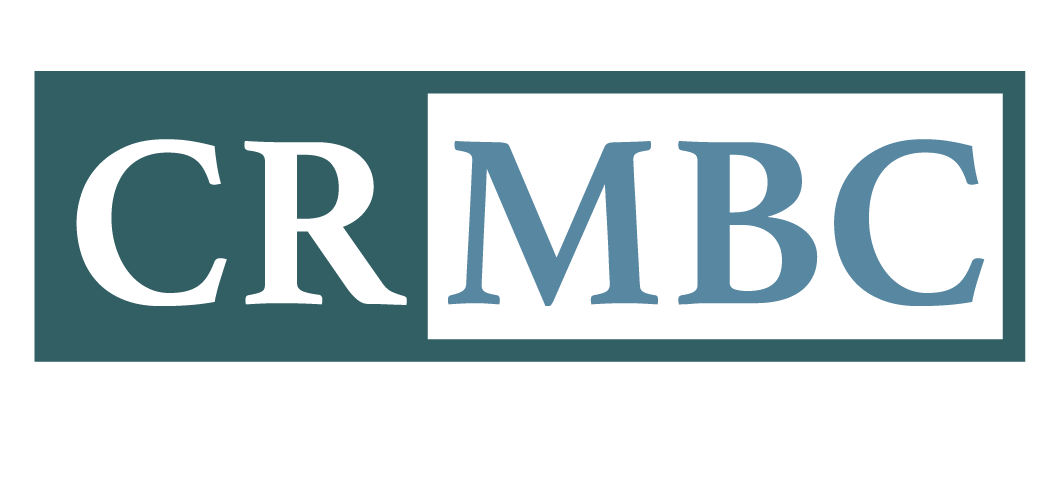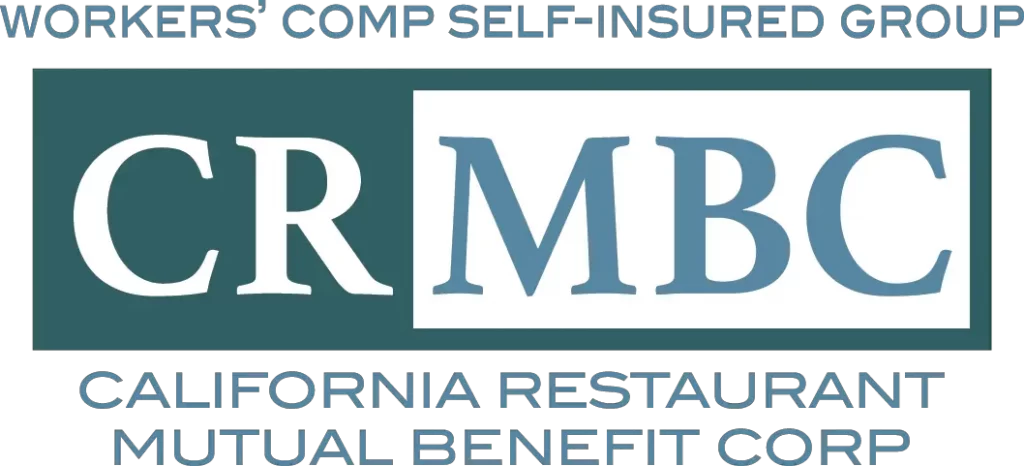Author: Jon Wroten, MBA, CPP, SVP, The Path Alliance
Workers’ compensation is crucial to any business, especially in sectors like the restaurant industry, where risk is part of daily operations. For California restaurant owners, choosing the right workers’ compensation plan is a legal obligation and a strategic decision impacting their financial health and employee welfare. High-deductible plans and self-insured groups (SIGs) stand out among the various options available. This blog post delves into these two models, comparing and contrasting them to help you make an informed decision.
Understanding High Deductible Plans
A high deductible plan is an insurance policy where the employer assumes a significant portion of the risk. This plan usually involves a lower premium, but in the event of a claim, the business must pay a considerable amount – the deductible – before the insurance coverage kicks in. It’s akin to having a safety net that’s a bit further down than usual.
Pros and Cons
The major advantage of high deductible plans is the lower premium costs. This can be a cost-effective solution for businesses with a strong financial base and lower risk profiles. However, the significant downside is the potential financial strain of covering the deductible, which could be substantial in the case of a major claim. Additionally, the business must post large collateral deposits with the insurance company to cover potential claims tying up the business’s precious working capital. This makes high-deductible plans risky for businesses without robust financial reserves and access to large sums of capital or those in high-risk industries.
Self-Insured Groups: A Collaborative Risk Management Approach
Self-insured groups present an alternative model. In this arrangement, businesses pool their resources to cover workers’ compensation claims. SIGs are typically formed by companies within the same industry, allowing for a collective approach to risk management that is tailored to the group’s specific needs.
Advantages of Self-Insuring
The primary benefit of self-insuring through a SIG is the potential for lower overall costs. The shared risk pool can lead to reduced administrative expenses and more control over claims management. This model also fosters a community of businesses that share insights and best practices, creating a supportive network.
Challenges and Considerations
Joining a SIG requires a commitment to active participation in its governance and adherence to the group’s risk management practices. Members must be financially capable of paying their annual premium and participating in its safety and loss prevention initiatives.
Comparative Analysis: High Deductible vs. Self-Insured Groups
- Risk Tolerance and Financial Capacity: High deductible plans require a higher risk tolerance and significant financial capacity to cover potential large deductibles. In contrast, SIGs spread the risk across multiple businesses, potentially lowering the individual risk and financial burden. SIGs also do not require collateral or deposits.
- Control Over Claims: High deductible plans offer less control over claims management, as the insurance company typically handles this. SIGs, however, often allow for more direct involvement in claims processing and management.
- Cost Implications: While high deductible plans have lower premiums, the potential high out-of-pocket costs can be a drawback. SIGs might offer more predictable and lower overall costs due to shared risk and reduced administration fees.
- Industry-Specific Risk Management: SIGs, especially in industries like the restaurant sector, can provide tailored risk management strategies that are more effective than the generalized approach of traditional insurance providers.
Real-World Scenarios: High Deductible Plans in Action
To understand the practical implications of high deductible plans, let’s consider a scenario where a restaurant faces a significant claim. With a high deductible plan, the restaurant would be responsible for covering a large portion of the claim cost, which could strain its finances, especially if it’s not equipped with sufficient reserves. This scenario underscores the importance of having a strong financial base when opting for a high-deductible plan.
Self-Insured Groups: A Case Study
On the other hand, a SIG composed of several restaurants can pool resources to manage a similar claim. The shared risk means that no single member bears the full burden of a large claim, making it a more financially manageable situation. Moreover, the collective experience and knowledge within the SIG can lead to more effective risk management strategies and a better understanding of industry-specific challenges.
Making the Right Choice for Your Business
The decision between a high deductible plan and joining a SIG should be based on several factors: the nature of your business, financial stability, risk profile, and willingness to collaborate with other businesses. Given the industry’s specific risks and challenges, this decision is even more critical for restaurant owners.
Choosing the right workers’ compensation strategy is crucial. Businesses must consider the trade-offs between potential savings and financial risks associated with high deductible plans and SIGs’ collaborative, potentially cost-effective nature. An informed choice, aligned with business needs and long-term objectives, is essential for operational success and employee safety.
For a detailed discussion and assistance in choosing a workers’ compensation solution that aligns with your or your client’s business requirements, contact us at CRMBC. Let us guide you toward a safer, more financially sound future. Reach out to us at 559-558-4800 or email info@crmbc.com for personalized support.

Jon Wroten, MBA, CPP, is Senior Vice President at The PATH Alliance and Managing Director of California Risk Advisors LLC, where he provides strategic leadership to help California employers derive maximum benefit from being self-insured. In his prior role as the Chief of the Office of Self-Insurance Plans (OSIP) for the State of California, the nation’s largest self-insurance marketplace, he was responsible for managing $22 billion in risk exposure, protecting 4.6 million California workers representing $192 billion in annual payroll. Jon taught business, insurance, and risk management as an adjunct professor at Sierra College for over fifteen years. He was also the Assistant Chief at Cal/OSHA and President and Chair of the Safety Center of California, a National Safety Council (NSC) affiliate.








